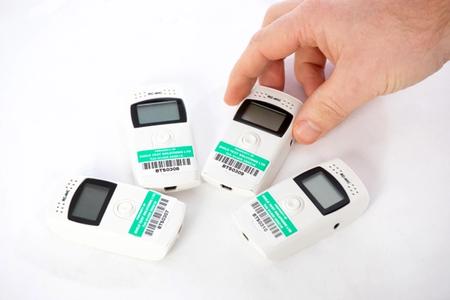Video
SmartHTC validation report published
BTS are delighted to publish the largest validation study of an in-situ thermal performance measurement method ever carried out. SmartHTC is a game changing, low cost and unobtrusive method of measuring the true energy performance of buildings whilst occupied.
Built on over 10 years of academic research, starting with a research project at Loughborough University, SmartHTC is now available in a cloud-based calculator enabling instant, accurate and reliable energy performance calculations.
The validation report is the output of over two-years of dedicated testing and validation work comprising field trials in more than 200 buildings and testing in the Energy House laboratory at the University of Salford. The validation was carried out by BTS in partnership with the University of Salford and building physics specialist consultants, SOAP Retrofit.
Our validation process included 41 direct comparisons with a baseline measurement by a co-heating test, and more than 300 SmartHTC measurements in total. This study now represents the largest library of HTC measurements in the world.
The co-heating test has been the most common method to measure the HTC of buildings, but has been limited to specialist applications because of its cost and invasiveness, with the test requiring a building to be vacated for two weeks and costing several thousand pounds. The highlights of our validation report are:
- 41 comparisons were made with a baseline co-heating test measurement, in 40 of which the results agreed to within the combined uncertainty margins. The one comparison that didn’t agree was part of a 3rd party review and the co-heat result is not yet available to BTS.
- The comparisons with baseline measurements included a range of building types, including flats and mid-terraced houses.
- SmartHTC was accurate in three newly built flats with Passive House thermal performance.
- SmartHTC results were highly repeatable, with a mean RPD of <1% for tests in the same building. SmartHTC and co-heat results agreed in 99% of valid 21-day subsamples (704 total).
- The mean difference between SmartHTC results with or without smart meter data was <1%, with a maximum difference of 6%.
- Where smart meter data was available the mean confidence interval in the SmartHTC measurement was ±17%, without smart meter data the mean confidence interval was ±24%.
- SmartHTC results can be successfully calculated with a single internal temperature measurement. This is at the expense of some accuracy, however, with the average confidence interval around 5% larger than when using multiple sensors.
The validation showed that SmartHTC produced accurate and repeatable measurements in a wide range of building types and different weather conditions. The cost and invasiveness of previous HTC measurement methods have limited the total number of HTC measurements ever completed to a few hundred ever, this exercise alone therefore demonstrates an unprecedented level of scalability.
At the heart of SmartHTC is an algorithm which is hosted in the cloud and accessed via APIs. This enables automated integration and almost instant HTC calculations; meaning smart technology manufacturers that are already collecting the necessary input data could provide HTC measurements at a tiny fee compared to traditional methods costing thousands of pounds per property.
The performance gap is a well-known and concerning phenomenon which has previously lacked proper quantification, SmartHTC provides the capability to change that.
Should your business be interested in being able to provide customers with a thermal performance measurement capability, contact enquires@buildtestsolutions.com. Similarly, it you have buildings you would like to measure and understand do also let us know and we’ll be happy to help.



